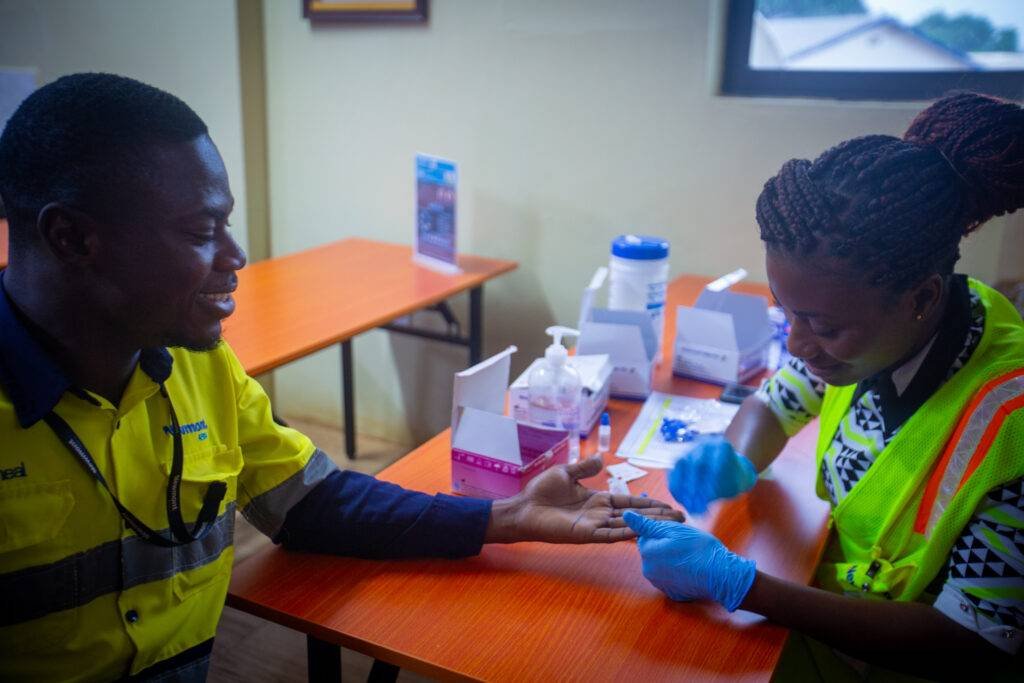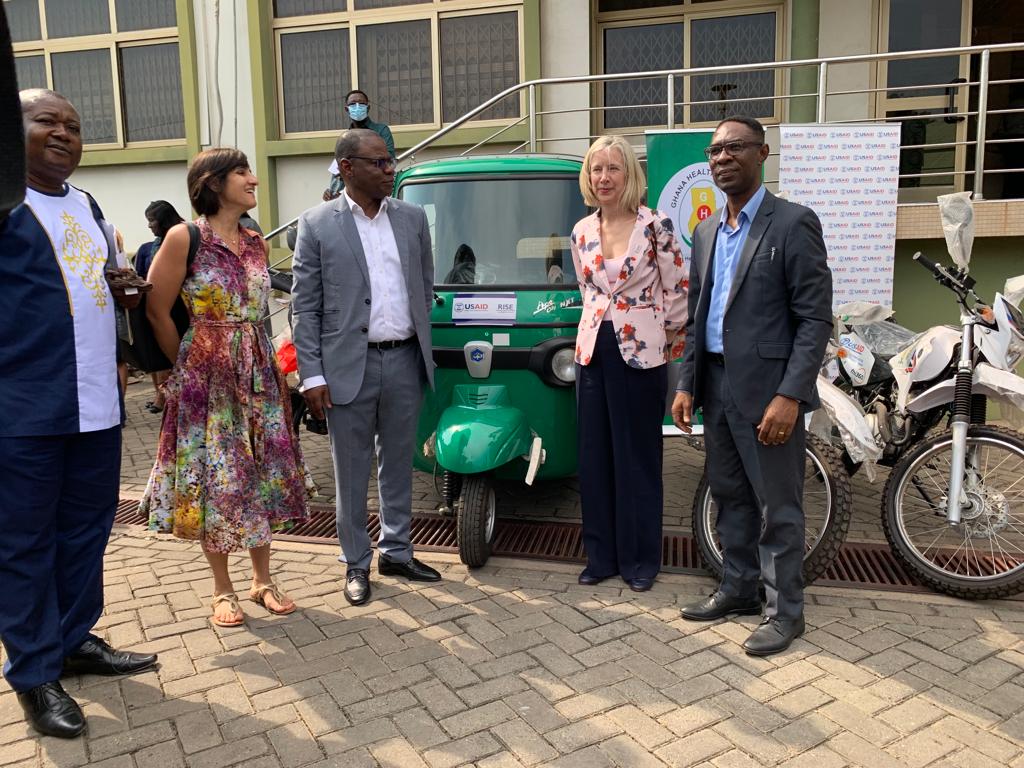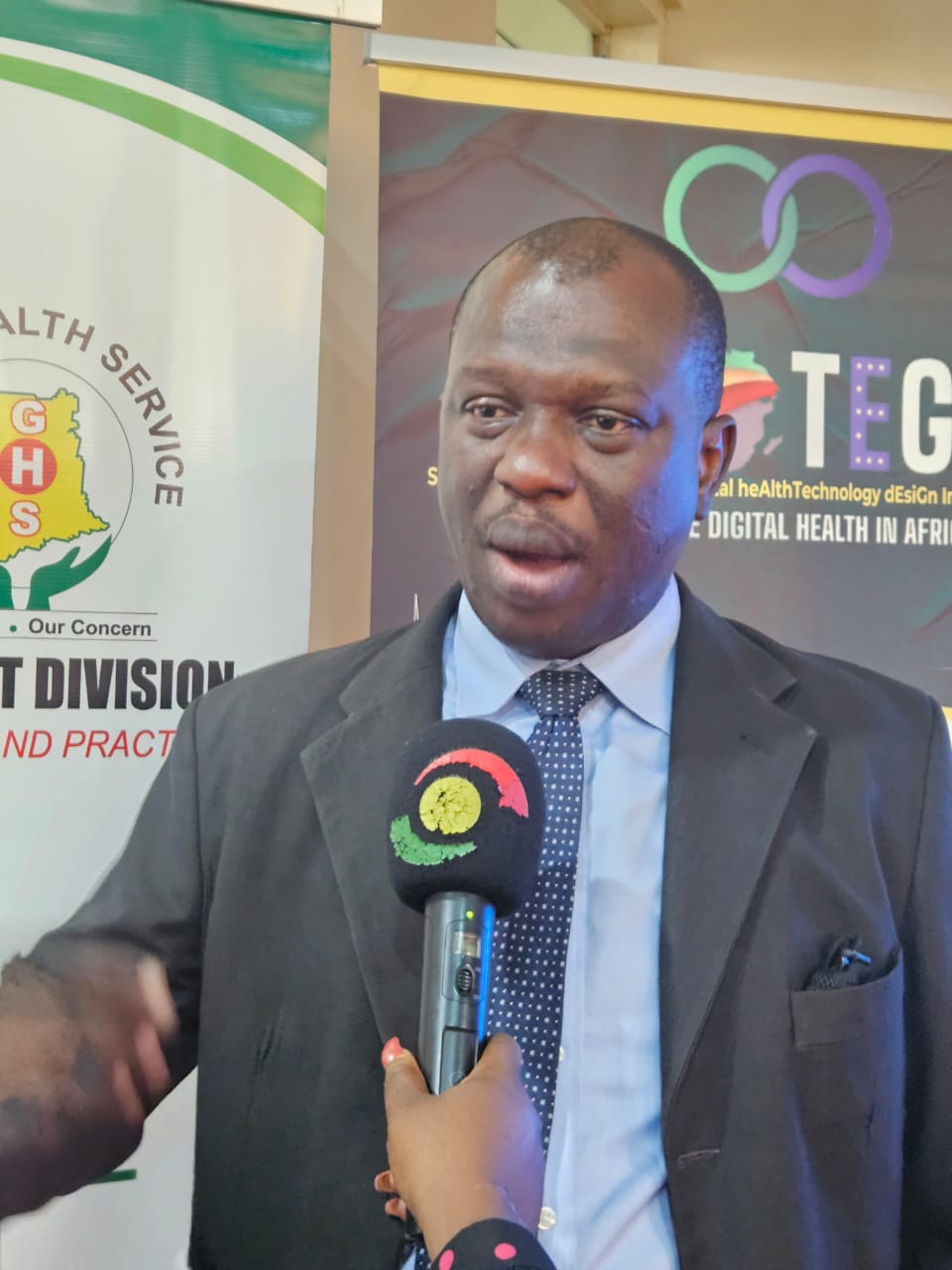
By Joannitta Joannides, Lab Manager, Vestergaard–Noguchi Vector Labs
As we mark World Mosquito Day on 20 August, it’s a powerful reminder that defeating mosquito-borne diseases like malaria requires renewed commitment and smarter strategies—especially in countries like Ghana, where the burden remains high. In 2024, there were over 5.3 million cases, making up 2.5% of cases worldwide and nearly 2% of global malaria deaths. Although fewer children under five are getting sick, with national rates dropping to 8.6%, some rural areas still see rates as high as 12.8%. The disease is present year-round, with more cases from May to November.
Innovations such as long-lasting insecticidal nets (LLINs) are a pivotal tool in the fight against malaria. As the threat of insecticide resistance rises, it’s important to continue innovating to ensure that essential tools like these remain effective in protecting the most vulnerable populations. With a continued commitment to LLIN innovation to mitigate the effects of insecticide resistance, Vestergaard, a social enterprise focused on material science, has introduced a dual active-ingredient mosquito net known as PermaNet Dual. Powering the development of this and other Vestergaard innovations in the fight against malaria—not just for Ghana, but Africa at large—is a public–private partnership (PPP) based in Accra.
The Vestergaard–Noguchi Vector Labs (VNVL), founded in 2011, is a long-standing PPP between Vestergaard and the Noguchi Memorial Institute for Medical Research (NMIMR), a leading biomedical research institution in Ghana.
Driven by Ghanaian scientists, VNVL plays a pivotal role in Ghana’s public health landscape. It supports the Ghana National Malaria Elimination Program (NMEP) and other malaria control initiatives and extends its support to include other mosquito-borne diseases like dengue fever, through the West African Aedes Surveillance Network (WAASuN).
Within the context of Ghana’s NMEP, VNVL focuses on infrastructure investment, insecticide resistance monitoring, and capacity building. It is also part of the National Insecticide Resistance Monitoring Partnership (NIRMOP).
Over $1 million has been invested in VNVL, including the creation of facilities that include a dedicated area for rearing mosquitoes for tests, and a laboratory for studying the genetic reasons behind insecticide resistance. Dedicated bioassay and molecular laboratories enable scientists to identify mosquito species and assess how well they can resist insecticides, as well as identifying the most effective LLIN according to the local insecticide resistance situation.
The facility trains the next generation of researchers by hosting early-career scientists and National Service Scheme trainees. It supports 19 scientists, seconds staff to NMIMR, and funds a yearly post-doctoral fellowship programme that tackles research gaps for malaria elimination under NMEP targets.
PPPs like VNVL have shown real promise in addressing public health challenges, working best when they channel investment into public health infrastructure and locally driven innovation. Other successful examples include the AngloGold Ashanti Malaria Control Program, which has dramatically reduced malaria rates in Obuasi through targeted spraying and community engagement. Collaborations such as these help build long-term capacity, reduce aid dependence, and deliver solutions that are tailored to the needs of communities.
PPPs remain key to achieving Africa’s malaria control and elimination targets, and help prepare for emerging health threats like those driven by climate change. Success requires strong, government-supported PPP frameworks that encourage co-ownership between public and private actors, protect scientific independence, and ensure that partnerships produce measurable results. Such frameworks enable the private sector to commit to scalable, locally governed models that build long-term capacity within African health systems and institutions.
Across Africa, the talent, the institutions, and the ambition are already here. What’s needed now are partnerships bold enough to match them. Vestergaard’s renewed five-year commitment to VNVL is an example of science, strong leadership, and long-term support coming together, building scientific capacity through training, collaboration, and innovation in vector control. Its impact is driven by alignment with long-term national goals, with roots in local leadership—building scientific infrastructure within the country, placing local researchers at the helm and ensuring that knowledge and skills remain where they’re needed most.
Malaria must be defeated. Leaning into the PPP model can help achieve this ambition in Ghana and beyond.
The post Mosquitoes, Malaria, and Markets: Ghana’s Health System Through the Lens of Public–Private Partnerships appeared first on The Business & Financial Times.
Read Full Story



















Facebook
Twitter
Pinterest
Instagram
Google+
YouTube
LinkedIn
RSS